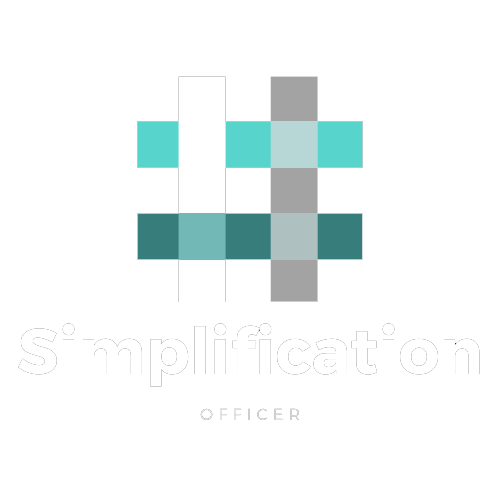


On April 7th we had our first kanban retreat as a means of peer to peer exchange, having a safe place to bounce ideas amongst each other and learn. In order to get the people into the kanban state of mind, we started off with the famous getKanban board game (the beta version we bought some time ago) followed with an imaginary, yet recognizable, organizational context where we had 4 iterations building up thoughts, ideas and some kanban supportive environments. Both parts had interesting experiences going from variation vs predictability to complicated vs complex problems. Let me talk you through the day as I have perceived it…
getKanban Session
It was for me the first time I’ve played the game and I found it fun even though the scenario was a bit too predictive towards results on the CFD report (Cumulative Flow Diagram) as far as I’m concerned. The biggest surprise came when analyzing the results from the different teams as they were very distinctive towards predictability! 
We had a team with smaller variance and seemingly better predictability but less revenue than the other team. It was clear to the group that this was a strange situation and that things would be different if we would have played 5 more rounds. Why? Because the figures indicated that one of the reasons was located in the financials of the second iteration, where the more predictable team implemented some improvement stories not generating any new immediate income.
The delay on financial impact of the improvement stories was too long and not visible on the financial charts but only at the end of the CFD and control chart of which the group took the assumption that it was just a matter of time, but is it? The situation learned us that one should watch out with the improvement stories (green cards) and try to predict if they will have enough financial impact within the time given for a one off project. This is different for product development organizations where one will continue to build on previous projects, releases, deliveries…
Another interesting point was the difference of the metrics on the control chart, which lead us to an interesting discussion around variation, predictability and innovation. We generally concluded that the parts of the organization where innovation is important will need to setup a model that allows to have a lot of variability in order to foster innovation, while other parts of the organization, where innovation is less important, should focus a bit more on the predictability, having less variability within their models. It shows us again that it is not easy to combine innovation within product development companies lead by customer input, but that’s another story. After the morning session of getKanban and some fine pizza sponsored by Co-Learning we got into a more complex organizational context, where 2 teams bounced off different ideas amongst each other in 30 minute iterations.
Organizational use case iterative learning sessions
What struck me (again) was that, even with very experienced people in the room, the teams went into complicated solutions immediately instead of visualizing the context as is, even though this was clearly indicated within the use case. This kind of human reaction to help others and provide solutions to problems caused the teams to go into circles and/or get stuck in complicated structures for a complex problem, but allowed them to bounce around a lot of different ideas and enjoy the educative discussions that initiated from it. After a couple of hints from the facilitator/mentor in the room people used a simple model on the complex problem. This approach provided them with a good overview and feeling on how to proceed and where to put measurements to support the fictional organization’s urge to improve. It showed the people in the room that using simple models to visualize complex problems will provide them insights they didn’t expect in this short time frame (single 30 minute iteration in this case), allowing the complexity of the human brain and the power of collaborative working come up with better and more suitable improvement ideas and progressive change initiatives.
Conclusion
After all this energized learning and collaboration, we had a quiet moment of reflection on the day, looking back at the things we learned, what we were surprised about and what we would like to take along with us within our day to day jobs. Below you’ll find some quotes of what was mentioned by the attendees: – Sharing experiences is cool – Having sparring partners for discussion is fun – More difficult to implement kanban on organizational level than expected – Kanban will suit our organization better than Scrum – Prewired thinking in departments is hard to avoid – I’ll see how I can visualize projects within my organization now that I’ve experienced how to – Keep it simpler really works for complex issues – …

Finally a big thank you to all attendees and looking forward to our next kanban retreat in June! Full photo report available at our Co-Learning Facebook page.
